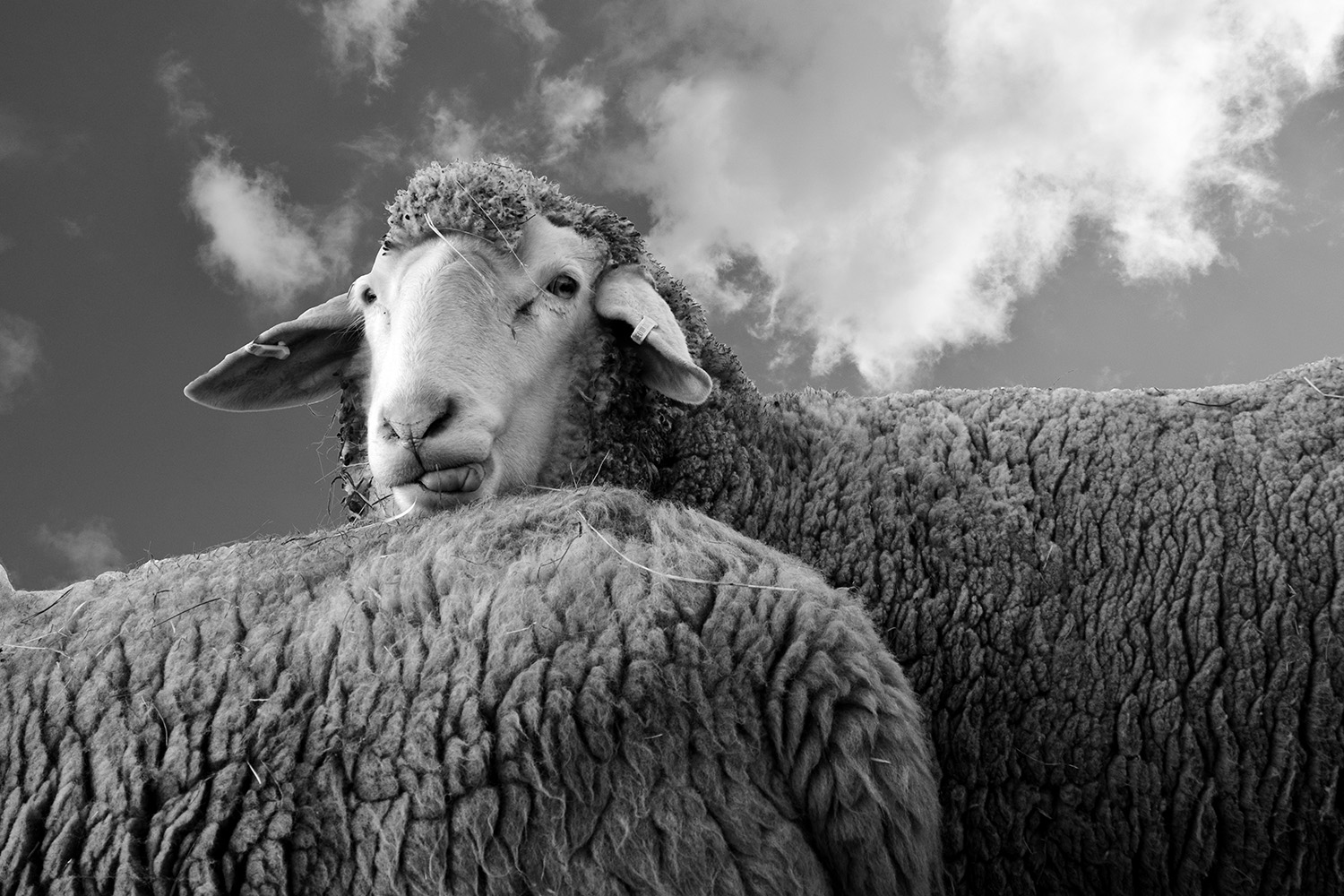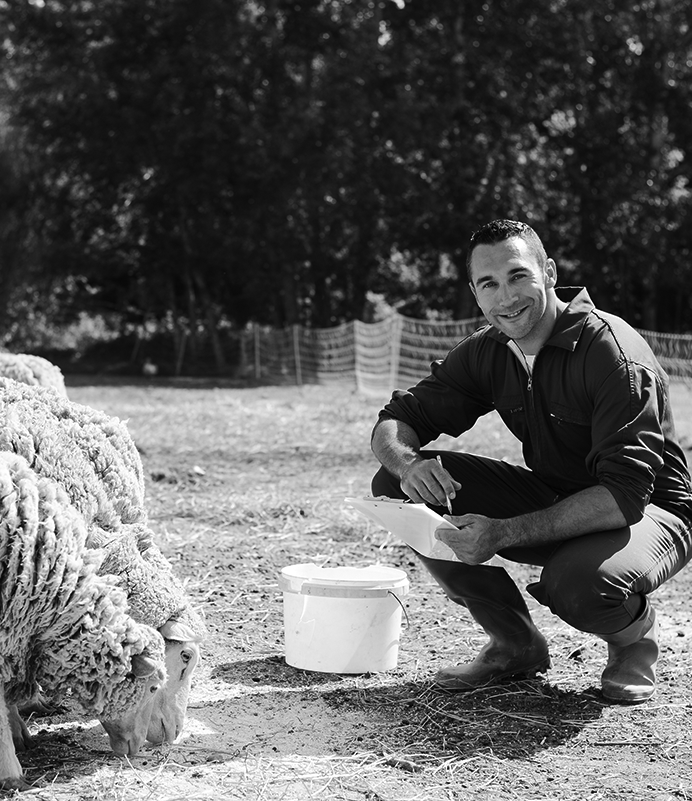HISTORY OF WOOL IN THE UK
Wool is part of Britain’s history and heritage
As a commodity, wool is part of Britain’s history and heritage. Archaeological evidence has shown that as early as 6,000 BC domesticated sheep were being bred with woolly fleeces across Northern Europe. As the sheep naturally shed their fleeces during the hotter months, the wool was initially combed or hand plucked from the sheep, then spun and woven, using basic spinning and weaving tools. It was being woven into cloth in Britain by the Bronze Age, which began in around 1900 BC. Shearing dates back to the Iron Age, around 500 BC.
By the time the Romans arrived on our shores in 55 BC, the Ancient Britons had already developed a wool industry and British woven cloth was soon considered to be a luxury item. The Romans established a wool plant in Winchester in 50 AD to further develop the methods of skilled British weavers. The Edict of Diocletian, a summary of of traded goods across the Roman Empire and published in 301 AD, put the British birrus (hooded cape of wool) high on the list of quality and price and British tapetia (wool rug) as first class grades ahead of all others on the list.
In the eighth century, Britain was exporting woollen fabrics to the Continent and this expanded still further after the Norman Conquest in 1066. By the twelfth century, wool was becoming England’s greatest national asset and cloth making was widespread. Flemish master weavers were encouraged to settle in England by King Edward III and they helped to play a part in the final ascendancy of English cloth. They were joined by Huguenot weavers, who were being persecuted in France, in the sixteenth century, and by the end of the seventeenth century, wool cloth comprised two-thirds of the value of English exports.

The Romans established a wool plant in Winchester in 50 AD
Towns and villages across Britain, and most specifically in England, generated their wealth from the wool trade, with wealthy merchants and wool guilds donating to the building of churches, educational establishments and supporting charitable endeavours. To this day, the seat of the Lord High Chancellor in the House of Lords is a chair stuffed with wool, called the ‘woolsack’, in memory of this principal source of English wealth in the Middle Ages.

During the Industrial Revolution of 1750-1850, new inventions included mechanical processes for spinning and weaving, and these rapidly developed in plants in the north of England. This spread into Scotland, famed for its tweeds, and to the West Country, which specialised in the production of high quality woven carpets.
British woven cloth was soon considered to be a luxury item
British breeds of sheep are very adaptable and are found across a wide range of terrains, from lowland fields and pastures to hill and highland areas. There are more types of breed in the UK than there are in any other country and, thanks to pioneering and skilful British breeders in the eighteenth century, some of these breeds went on to form the flocks in the grasslands of Australia and New Zealand.
Today, Britain may not be the largest producer of wool and woollen products but British wool is still considered to be sought after quality, commanding the highest price for its type, with up to one half exported annually. It is graded and sold under the auspices of British Wool, the organisation that regulates the high standards for animal husbandry for British sheep farmers and the grading of British wool.

